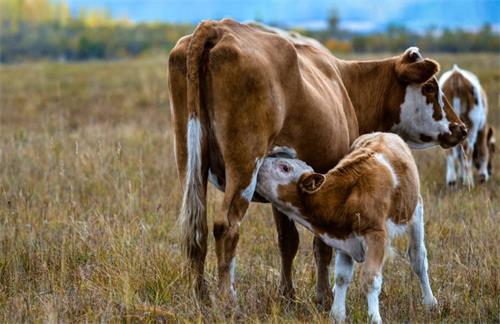Effects of management on sow embryo survival. In the early stages of pregnancy, the fertilized egg is implanted into the uterine wall. During this period, the embryo is very sensitive. Any stress may lead to the loss of the embryo. Frequent use of veterinary B-ultrasound for examination is necessary. . Therefore, do not move the sow until at least 28 days into pregnancy, use veterinary B-ultrasound for observation, and keep the environment quiet so that the sow is not disturbed or frightened.
Effects of sow lactation duration on litter size in the next litter. The length of the sow's lactation period has a significant impact on the number of litters in the next litter. When the lactation period is less than 21 days, veterinary B-ultrasound observation shows that the number of sows ovulating is low or even non-ovulating, and the intrauterine environment has not been fully restored. At this time, the number of live litters in the weaned and bred sows will be reduced by 10%-20%. . A lactation period of more than 21 days has a significant impact on the number of litters. It is best for sows to be weaned after 21-28 days of lactation. The follicle development of sows is better observed with veterinary B-ultrasound.
High temperature will shorten the estrus time of sows and weaken the intensity of estrus; a hot and humid environment can delay the primostrum and sexual maturity of gilts, resulting in delayed estrus, hidden estrus or even no estrus. This is also observed on veterinary B-ultrasound. It is more obvious; when the temperature in the sow house is above 32°C, about 20% of the sows are infertile or have repeated estrus, and the abortion rate increases; high temperature also significantly reduces the number of surviving embryos within 8 days after the sow is bred; during pregnancy Sows suffer from heat and humidity stress, and the number of litters and live offspring can be reduced by more than one in hot summer. High temperature can cause adverse consequences such as a decrease in boar semen quality, miscarriage, stillbirth, and decreased birth weight in pregnant sows. In the early stages of pregnancy, high or low temperatures plus wind may cause the sow to return to estrus, and the development of follicles can be seen on the veterinary B-ultrasound.








